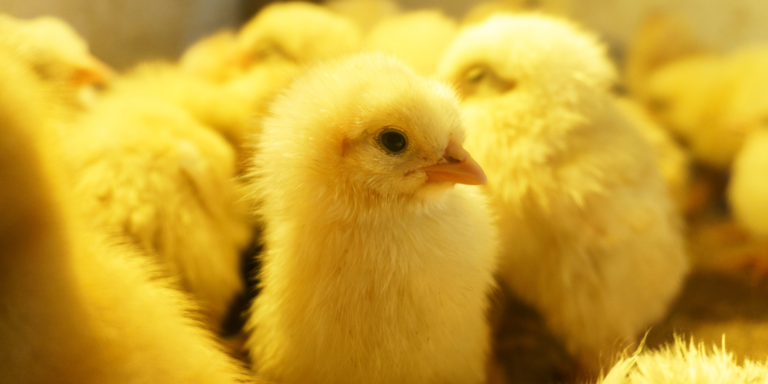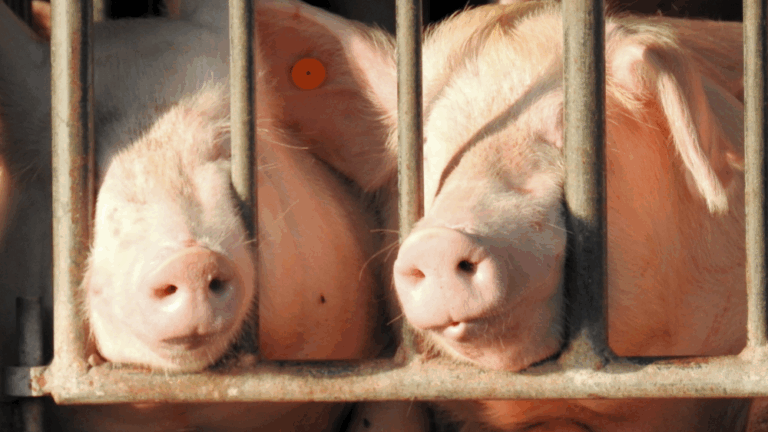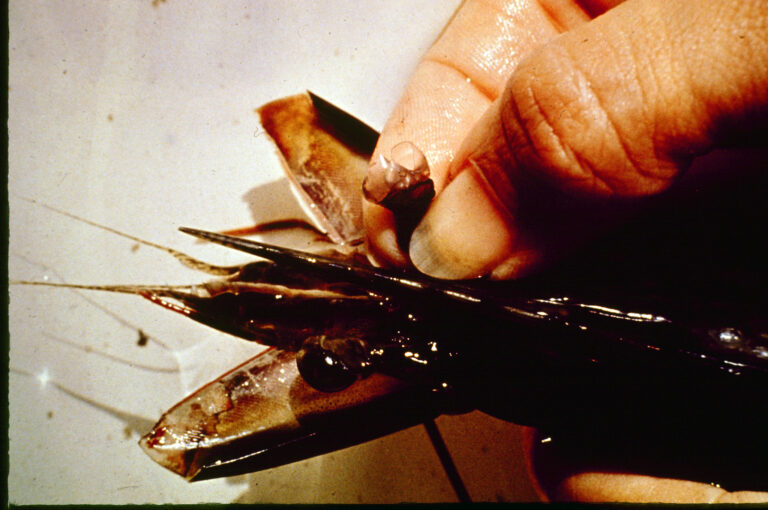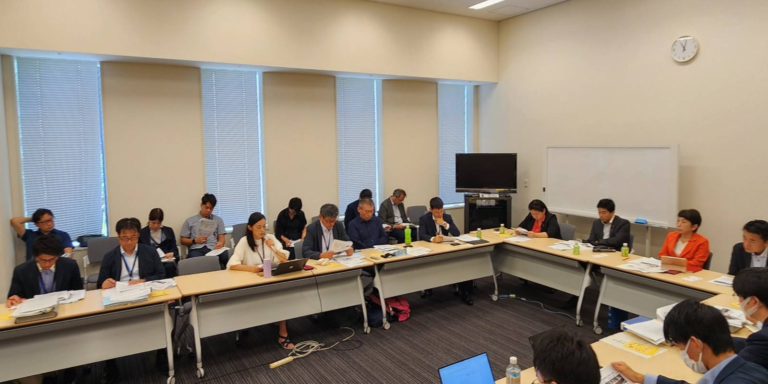Under the SBIR (Small/Startup Business Innovation Research) Phase 3 fund program by the Japanese Ministry of Agriculture, Forestry and Fisheries (MAFF), the ministry has decided to subsidize companies engaged in genome editing for the project titled “Chicken industry innovation: effective resource utilization and animal welfare transformation through chicken egg sexing using genome editing.” The amount totals 539,161,000 yen.
In fiscal 2021, Kyoto University was granted 25.87 million yen in subsidies for a challenging research project on the “development of a non-destructive measurement method that overcomes light scattering to determine the sex of chicken eggs in early incubation.” The 25 million grant is very small while Germany, for instance, has procured about 2.5 billion yen. The above optical method, which is similar to numerous studies conducted worldwide, is more promising than the more controversial genome editing method. In Israel, an in-ovo sexing technology using genome editing has been developed, but there are objections and an immense concern of what the future effects will be on the animals. Particularly, there are many concerns because the Japanese government tends to be tolerant towards genome editing.
The good news, however, is that the Japanese government continues to subsidize studies in in-ovo sexing methods, and the amount is increasing. Technology should be about solving problems, and it could have a positive impact on the 110 million neglected male chicks in the country.
The objective of the study by Kyoto University is stated as follows:
“This research aims to solve a major unsolved human problem: the hitherto unspoken killing of 7 billion male chicks of egg laying hens immediately after hatching.”
The Kyoto University study is expected to be completed this fiscal year, and we hope that the results will be positive and that this research will be further subsidized and put into practical use.











